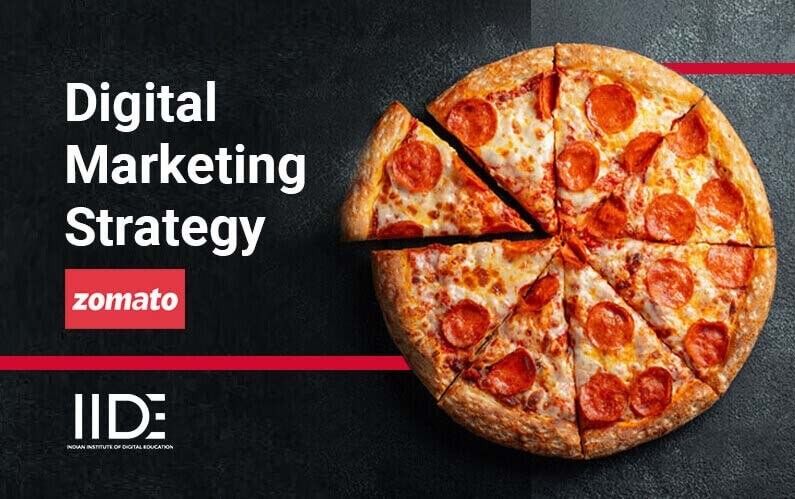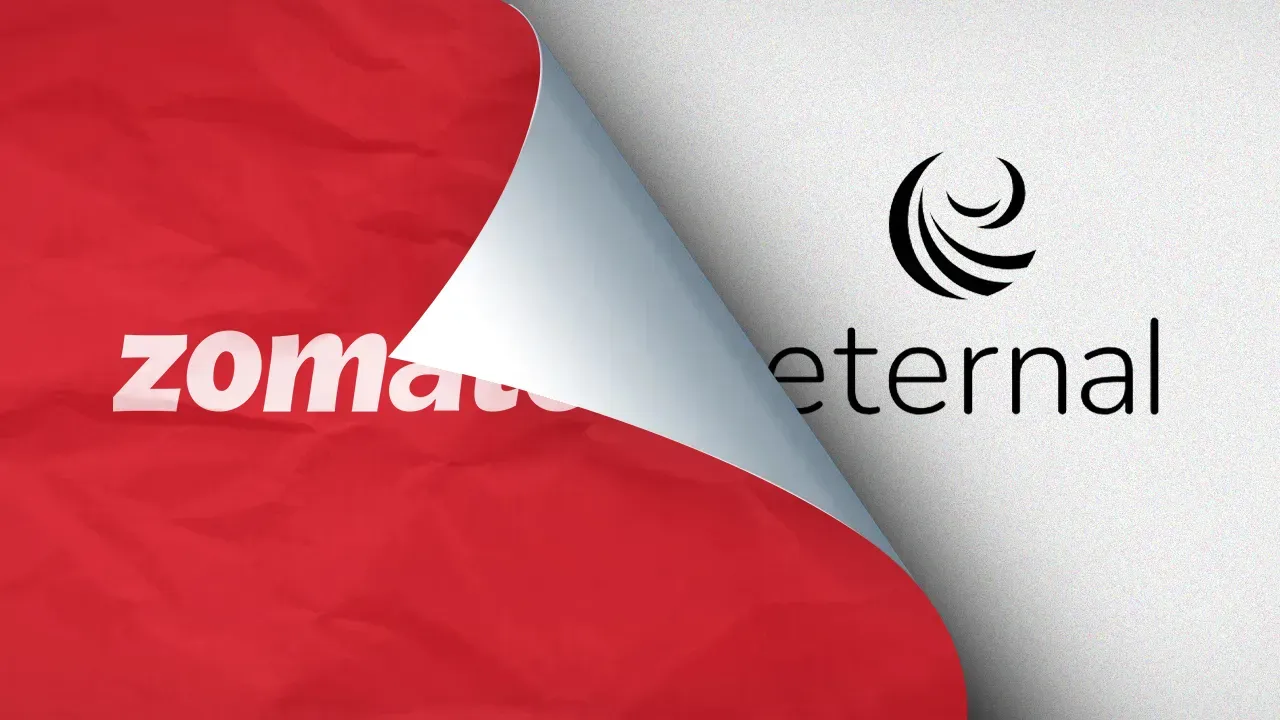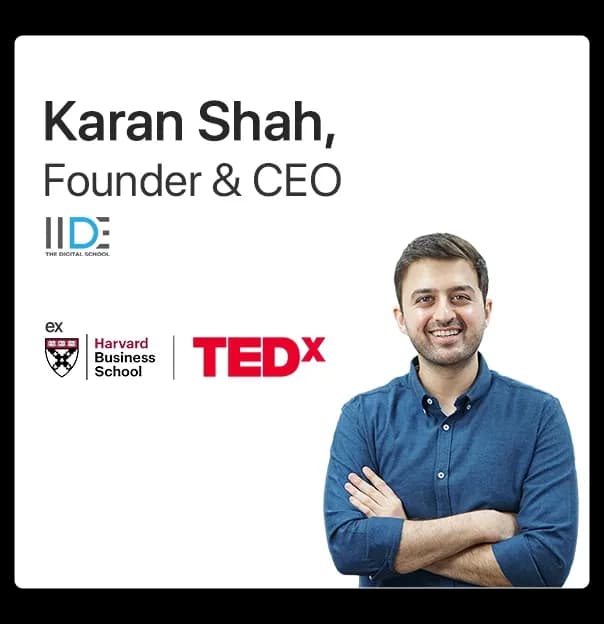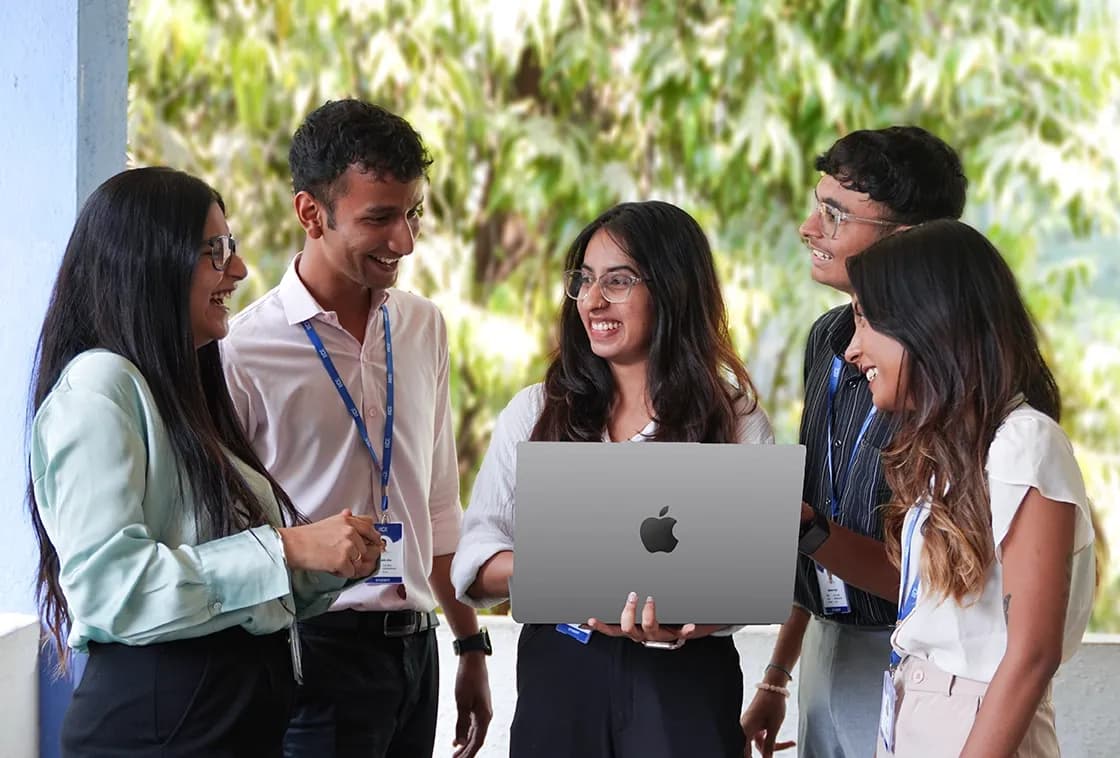
Updated on Dec 11, 2025
Share on:
Zomato, rebranded as Eternal, drove 2025 growth using digital-first channels, SEO, Instagram, and influencer marketing. Blinkit’s hyperlocal campaigns leveraged guerrilla content and push notifications, driving Q-commerce dominance. Zomato educated users on smarter food choices and optimised deliveries, positioning itself as India’s ultimate lifestyle convenience app.
Brand Overview - Zomato
Zomato, launched in 2008 by Deepinder Goyal and Pankaj Chaddah in Gurugram, began as a restaurant discovery portal and quickly grew into India’s top food delivery and dining platform. Operating in the fast-evolving food-tech sector, Zomato has adapted to the rise in online consumption, shifting consumer demands, and intense competition.

- Industry: Food-tech / Online Food Delivery
- Founding Year: 2008
- Founders: Deepinder Goyal, Pankaj Chaddah
- Category: Online food delivery, restaurant discovery, B2B solutions
- Journey: From India’s metros to 25+ countries, Zomato boasts over 80 million monthly active users and more than 300,000 restaurant partners.
- Major milestones include global expansion (UAE, UK), a successful IPO in 2021, a strategic acquisition of Blinkit, and the launch of loyalty programs like Zomato Gold. - Market Presence: Strong in India, present in 20+ other countries, with thousands on its team globally.
- Key Competitors: Swiggy, Dunzo, Uber Eats, Blinkit.
Marketing Goal: Build nationwide brand recall, drive user acquisition/retention, and sustain leadership through omnichannel innovation.


Learn Digital Marketing for FREE


Marketing Objective or Business Challenge
Zomato’s key challenge in 2025 was repositioning itself as more than a food delivery app.
With Blinkit scaling rapidly, the company aimed to build top-of-mind awareness around its ecosystem approach while still growing profitably.
The marketing objective was to:
- Increase user retention and average order value (AOV),
- Improve cross-app awareness between Zomato and Blinkit,
- Maintain leadership in Q-commerce and food delivery,
- Educate users on operational innovations like sustainability and express delivery.
Profitability declined (₹39 crore in Q4 from ₹175 crore YoY), underscoring the need for efficient, data-led campaigns to support high-growth segments like Blinkit.
Buyers Persona:

Abhimanyu
Allahabad
Occupation: College Student
Age: 22 years
Motivation
Interest & Hobbies
Pain Points
Social Media Presence
Marketing Channels Used by Zomato
Zomato’s primary marketing channel is digital, leveraging its massive presence across social media, search, and app-based platforms for reach and real-time engagement. Within digital, the brand uses:
- SEO: Targeting trending, hyperlocal food queries.
- SEM/Paid Ads: Google and YouTube ads boost discovery and app installs.
- Social Media: Instagram and Twitter for meme marketing, video stories, and influencer takeovers.
- Content Marketing: Blogs, video recipes, and restaurant features.
- Influencer Marketing: Collaborations with food bloggers and micro-influencers in local languages.
- App Push & Email: Personalised deals, witty push alerts, and creative campaigns.
Emerging tactics include voice search optimisation, hyperlocal regional campaigns, and CSR initiatives. The strategy is tailored per city/region to amplify resonance, engagement, and conversions.
Zomato Marketing Strategy Breakdown
Digital Marketing
- Zomato leverages SEO across food, restaurant, and grocery search terms like “midnight snacks Mumbai” and “instant grocery delivery.”
- Blinkit's SEM campaigns emphasise its 10-minute delivery USP, leading to a 20% YoY CTR increase.
Content Strategy
- Zomato runs meme-driven campaigns, witty push notifications, and seasonal emailers.
- Blog topics like “Top Monsoon Street Foods” gained 350% more traffic YoY.
- YouTube Shorts and bite-sized food videos boosted dwell time.
Influencer & Brand Partnerships
- Zomato collaborates with IPL cricketers, regional food creators, and brands like Amul, Sleepy Owl, and Saffola.
- Tier 2 and Tier 3 grocery challenges with micro-influencers drove strong UGC and regional traction.
Social Media Marketing
- Instagram Reels and Stories dominate Zomato’s content.
- Twitter is used for quick replies and humour. YouTube Shorts enhance storytelling during campaigns.
App Marketing & Notifications
- Blinkit’s push notifications have a 33% open rate, compared to 17% for emails.
- Live-cart reminders increased order completions by 25%.
Media Mix & Channels
- 60% performance (Meta, Google), 30% organic (SEO, social, content), 10% traditional (OOH, cinema ads).
- Instagram, YouTube Shorts, and push notifications remain core.
Messaging
- A witty, quirky, and relatable tone is maintained across both Zomato and Blinkit.
Results & Impact
Sales & Revenue
- Zomato’s consolidated revenue for FY 2024–25 reached ₹20,243 crore, marking a 67% year-on-year growth.
- This was driven by strong performance in food delivery, rapid expansion in Blinkit’s quick commerce, and growing B2B operations.

Source: Semrush
Traffic & App Performance
- Zomato crossed 80 million monthly app users in 2025.
- The bounce rate dropped to 27%, showing improved user engagement.
- Organic traffic now accounts for 48% of total sessions, up from 40% in 2023.
- Zomato ranks in the top 3 positions for over 3,500 food and delivery-related keywords.
Engagement & Social Media
- Social media followers increased by 17% in 2024, totalling 1.2 million on Instagram.
- The #ZomatoMemes campaign achieved 120 million impressions, 2 million shares, and 300,000 user-generated posts in just one month.
Influencer & Regional Growth
- Tier 2 and Tier 3 market campaigns resulted in a 28% boost in app growth.
- Micro-influencer content delivered an impressive 11% average engagement rate.
Media & Brand Credibility
- Zomato received over 150 earned media mentions and was named one of India’s Top 10 Most-Trusted Brands in 2025 by ET Brand Equity.
Customer Loyalty
- Zomato Gold renewals increased by 27%, and repeat orders rose by 36%, showing strong user retention and loyalty.
Business model of Zomato provides a structured look at how its operations and monetisation strategies align with its marketing efforts.
What Worked & Why
Zomato’s success stemmed from merging witty guerrilla content with real-time hyperlocal execution.
Blinkit’s focus on dark stores and optimised routes amplified its Q-commerce lead.
Smart use of influencer collaborations, especially in Tier 2 cities, brought credibility.
Cross-promotional synergies with Hyperpure and Zomato Gold elevated loyalty.
The “Eternal” rebrand also clarified multi-vertical ambitions.
Together, these tactics created a unified, growth-friendly marketing engine.
What Didn’t Work & Why
The rain-fee policy and additional delivery charges backfired initially, causing social backlash and reduced app ratings.
Zomato had to clarify through memes and push alerts quickly.
The overlap between the Zomato and Blinkit apps led to confusion, diluting the user experience.
Rebrand messaging lacked clarity early on, creating perception gaps.
Some influencer campaigns lacked traction due to misalignment with Blinkit’s quick-utility brand voice.
Marketing strategy of Jollibee explains how emotional narratives and digital storytelling contribute to strong brand affinity in the QSR industry.
IIDE Student Recommendations: Key Areas for Brand Improvement
To accelerate Zomato’s national and Tier 2/3 market leadership, we propose five focused, real-world improvements that drive long-term brand equity, deeper engagement, and scalable ROI:
1. Hyperlocal Storytelling Through Regional Creators
Key Tactic: Build dedicated regional creator pods in 15+ languages to create relatable food and grocery narratives.
Why: Trust and resonance in Tier 2/3 cities are driven by language, culture, and community familiarity. Hyperlocal content will lower acquisition costs and increase app retention organically.
2. Predictive Push Campaigns Using AI Segmentation
Key Tactic: Use predictive behavioural data (like time of order, cart value, cuisine preference) to send hyper-personalised push alerts.
Why: AI-personalised campaigns increase CTR and reduce notification fatigue, especially in Q-commerce, where timing is critical.
3. Gamified Zomato Gold Experience
Key Tactic: Add milestones, achievements, and interactive rewards to Zomato Gold.
Why: Loyalty programs that feel fun and progress-based outperform static models, especially among Gen Z and Millennials. This also increases session frequency.
4. Voice & Visual Commerce Integration
Key Tactic: Enable voice ordering and build visual grocery boards (e.g., “Biryani Kit,” “Navratri Staples”) across Zomato and Blinkit.
Why: Aligns with rising trends in voice search and visual SEO. Great for accessibility, speed, and search-to-purchase flow.
5. Outcome-Based Brand Collaborations
Key Tactic: Partner with fitness, lifestyle, or creator brands for value-led integrations like “healthy meal packs” or “quick chef boxes.”
Why: Moves beyond branding into utility. Customers want smart bundles, not just logos.
Want to Know Why 5,00,000+ Students Trust Us?
Dive into the numbers that make us the #1 choice for career success

MBA - Level
Best For
Fresh Graduates
Mode of Learning
On Campus (Mumbai & Delhi)
Starts from
Mar 1, 2026
Duration
11 Months
Live & Online
Best For
Working Professionals
Mode of Learning
Online
Starts from
Jan 23, 2026
Duration
4-6 Months

Online
Best For
AI Enthusiasts
Mode of Learning
Online
Duration
5 Months

Offline
Best For
12th Passouts
Mode of Learning
On Campus (Mumbai)
Duration
3 Years
Recent Post
Aditya Shastri leads the Business Development segment at IIDE and is a seasoned Content Marketing expert. With over a decade of experience, Aditya has trained more than 20,000 students and professionals in digital marketing, collaborating with prestigious institutions and corporations such as Jet Airways, Godrej Professionals, Pfizer, Mahindra Group, Publicis Worldwide, and many others. His ability to simplify complex marketing concepts, combined with his engaging teaching style, has earned him widespread admiration from students and professionals alike.
Aditya has spearheaded IIDE’s B2B growth, forging partnerships with over 40 higher education institutions across India to upskill students in digital marketing and business skills. As a visiting faculty member at top institutions like IIT Bhilai, Mithibai College, Amity University, and SRCC, he continues to influence the next generation of marketers.
Apart from his marketing expertise, Aditya is also a spiritual speaker, often traveling internationally to share insights on spirituality. His unique blend of digital marketing proficiency and spiritual wisdom makes him a highly respected figure in both fields.